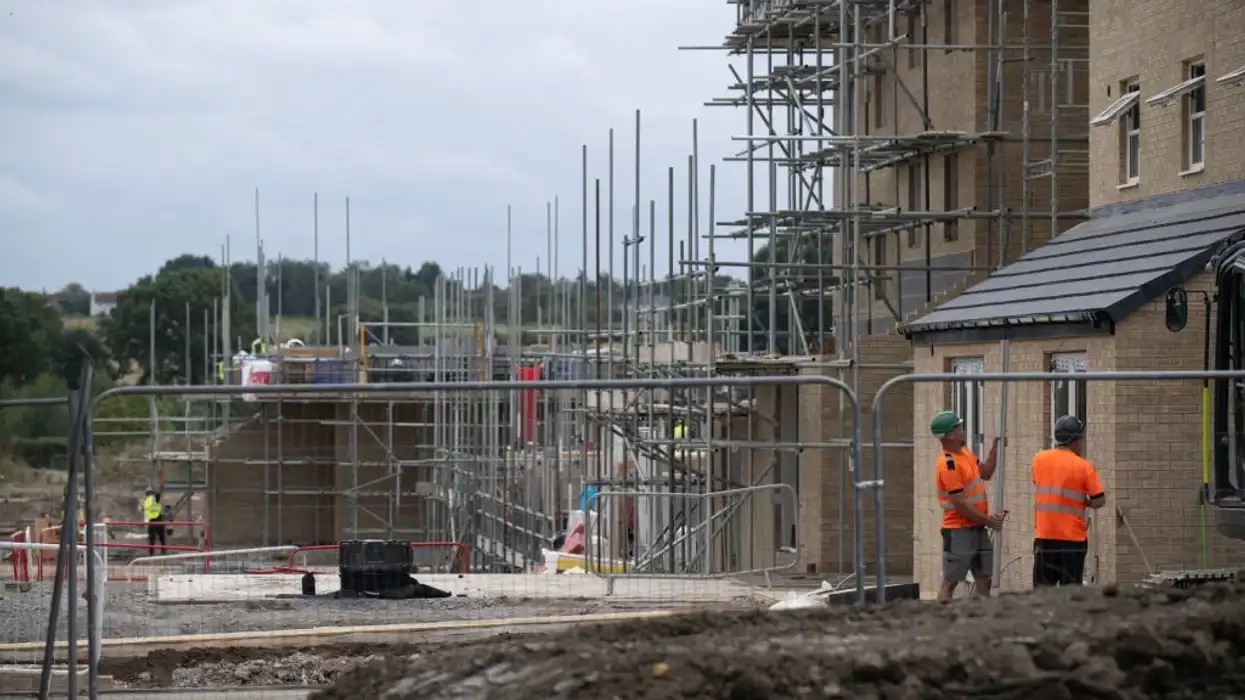THE UK must urgently address a construction skills shortage, including by increasing migrant worker numbers, to achieve prime minister's target of building 1.5 million homes by the end of this parliamentary term, industry leaders have warned.
The National Federation of Builders, which represents small and medium-sized contractors, highlighted the scale of the challenge, pointing to an ageing workforce and declining numbers of apprentices, the Telegraph reported.
Rico Wojtulewicz, representing the NFB, said, “It takes two to three years to train an apprentice and another two years for them to become competent. To meet the housing target, we need to fill that gap immediately, and the solution lies in immigration and bringing skilled workers back into the sector.”
The construction industry’s needs extend beyond builders. “Specialist roles like steelworkers for tall buildings in London and trainers in colleges are critical,” Wojtulewicz added. “We also require experienced building control officers to ensure quality and safety.”
The NFB proposed a temporary visa scheme tailored to the sector. These visas would last three to four years, short of the five-year threshold that allows applicants to apply for citizenship. The group estimates that hundreds of thousands of such visas will be necessary to meet the construction demands within the next few years.
Existing skilled worker visas, which permit a five-year stay, have had limited uptake in the construction sector, with fewer than 100 specialists using the scheme, many in managerial roles.
Moreover, the lack of a self-employment route within the current visa system creates additional barriers, as a large portion of construction workers operate independently.
Ageing demographics compound the issue. According to the Construction Products Association, the majority of construction workers are between 50 and 56 years old. This means about a quarter of the workforce is expected to retire in the next decade and a half.
Separately, the Construction Industry Training Board projects that 250,000 additional workers will be needed by 2028 to meet increasing building demands.
Earlier this year, the Institute for Government think tank recommended easing immigration rules to address the construction shortfall. Angela Rayner, the housing secretary, was urged to develop a skills strategy that might include revising visa regulations to attract overseas talent.
The government, however, maintains that it can achieve the housing target by overhauling the planning system, introducing mandatory housing targets, and creating a dedicated body to deliver new towns. However, industry experts remain sceptical.
The Centre for Cities think tank recently cautioned that the current pace of construction would fall short by at least 388,000 homes.













